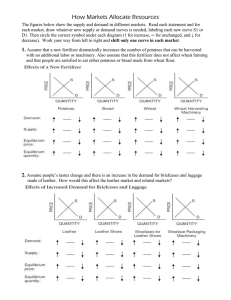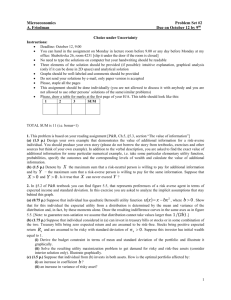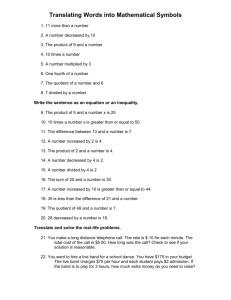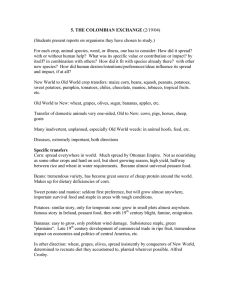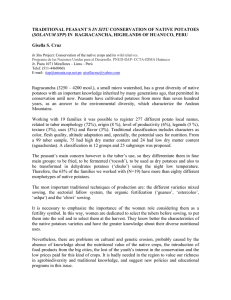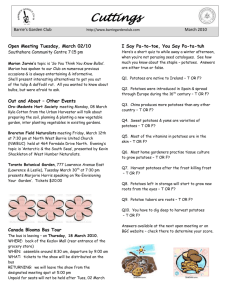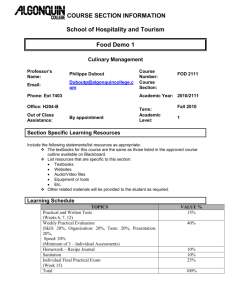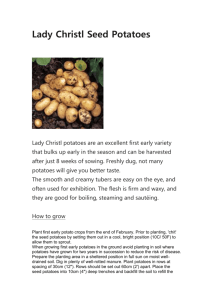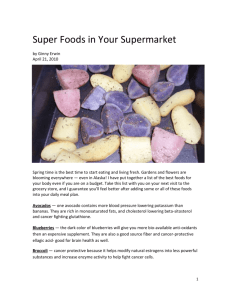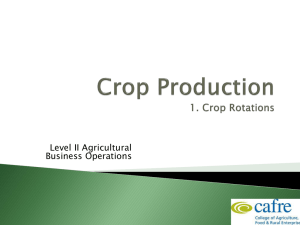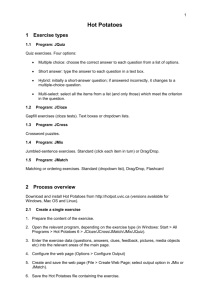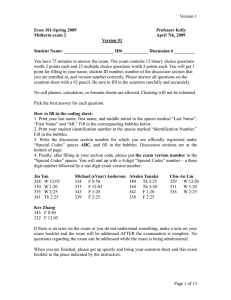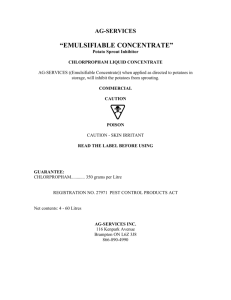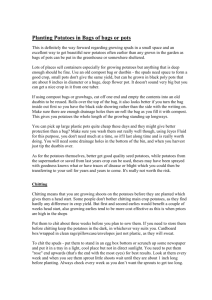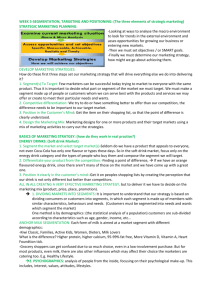ht.fall94.mt1
advertisement
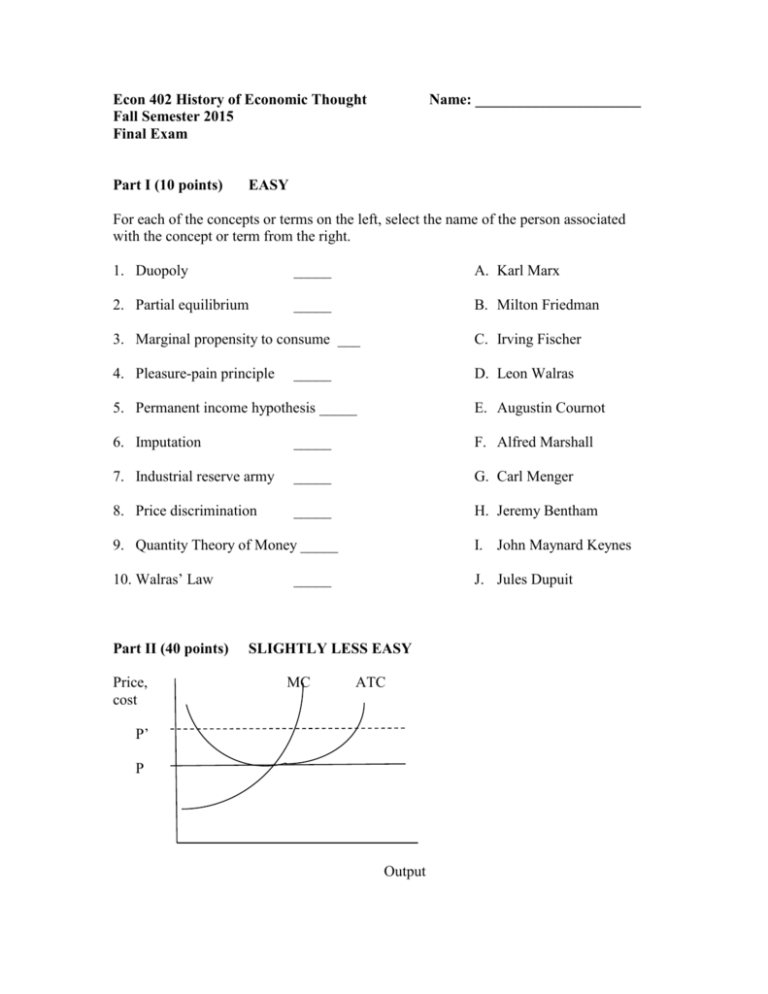
Econ 402 History of Economic Thought Fall Semester 2015 Final Exam Part I (10 points) Name: ______________________ EASY For each of the concepts or terms on the left, select the name of the person associated with the concept or term from the right. 1. Duopoly _____ A. Karl Marx 2. Partial equilibrium _____ B. Milton Friedman 3. Marginal propensity to consume ___ C. Irving Fischer 4. Pleasure-pain principle D. Leon Walras _____ 5. Permanent income hypothesis _____ E. Augustin Cournot 6. Imputation _____ F. Alfred Marshall 7. Industrial reserve army _____ G. Carl Menger 8. Price discrimination _____ H. Jeremy Bentham 9. Quantity Theory of Money _____ I. John Maynard Keynes 10. Walras’ Law J. Jules Dupuit Part II (40 points) Price, cost _____ SLIGHTLY LESS EASY MC ATC P’ P Output 1. See the graph above. It shows the initial position of a representative firm in a competitive industry where the market price is initially P. A shift in the demand for this product raised the price to P’. a. Show the output the firm will produce in the short-run, and show the area on the graph that represents the firm’s short-run profits. b. Explain what happens in the long run to the firm’s profits, and what happens in the long-run to the market price. c. Suppose that expansion of this industry leads to economies of scale which are external to the firm but internal to the industry. Show what happens to the market price and the profits of the representative firm in the long run. (You probably need to construct a new graph, instead of drawing everything on top of the graph above.) d. Whose contribution to economic analysis are we using in this question? 2. See the graph above. Suppose a city is located at point A, with flat agricultural land surrounding the city in all directions. There are 2 crops that can be grown on the land. The vertical distance on the graph represents the cost to grow and deliver to the city’s central market $1 worth of potatoes, from a farm located at a distance from the city center measured on the horizontal axis. The cost to deliver $1 of potatoes is shown on lines CB and BD. The upward slope of CB and BD represents the transportation costs which are proportional to the distance the potatoes need to be transported. Lines EF and FG represent the cost to deliver $1 worth of wheat to the city’s central market. a. Show on the graph the portion of the value of the crop that represents rent to the owner of a piece of agricultural land located at point H. b. Suppose that the technology for growing wheat improves, so that the cost of growing $1 of wheat falls from F to J. What happens to the crop selection and the rent on land located at K? c. Suppose the cost of transporting potatoes falls, so that cost of delivering $1 worth of potatoes becomes LB and BM. What happens to crop selection and rent on land located at N? d. Whose contribution to economic analysis are we using in this question? Part III (20 points) MODERATE Identify TWO of the following concepts, statements, or principles. Each answer should consist of no more than 4 or 5 sentences, identifying or defining the concept, identifying the thinker(s) you believe are most closely associated with the concept, and the significance of the concept in the development of economic theory. To receive full credit, each answer must contain the three elements: (1) identification of concept, (2) identification of the person(s) associated with it, and (3) explanation of the significance of the concept. No additional credit will be given for more than TWO answers! In such cases, I will grade the first two answers and disregard the remainder. Antinomy of value thesis/antithesis/synthesis Consumer surplus ceteris paribus reaction function Part IV (30 points) STILL NOT THAT HARD Select ONE of the following essay questions and give as complete an answer as your knowledge (or time) allows. 1. Alfred Marshall wrote that his method of economic investigation involved (for his own purposes) treating the problem with mathematical tools, but then “burning the math” before presenting it to the general public. Question: Why burn the math? What is gained from pretending that the analysis is not rooted in mathematical reasoning? Which economic thinkers agree with Marshall that the math should be kept in the background, and which would disagree (and why?) 2. Is economics a real science? If it is not, is it going to become one? Should it be trying to become a science? What is to be gained if economics becomes more “scientific” – and what would be lost? Which of the thinkers we have discussed in the second half of the course would be in favor or economics becoming more scientific – and which would be opposed?
